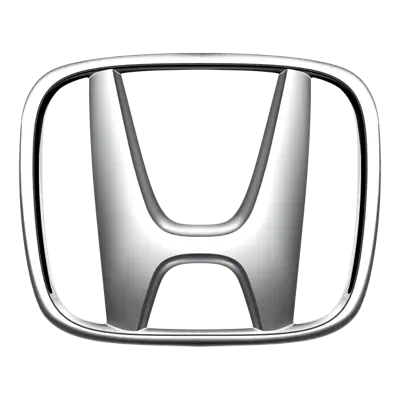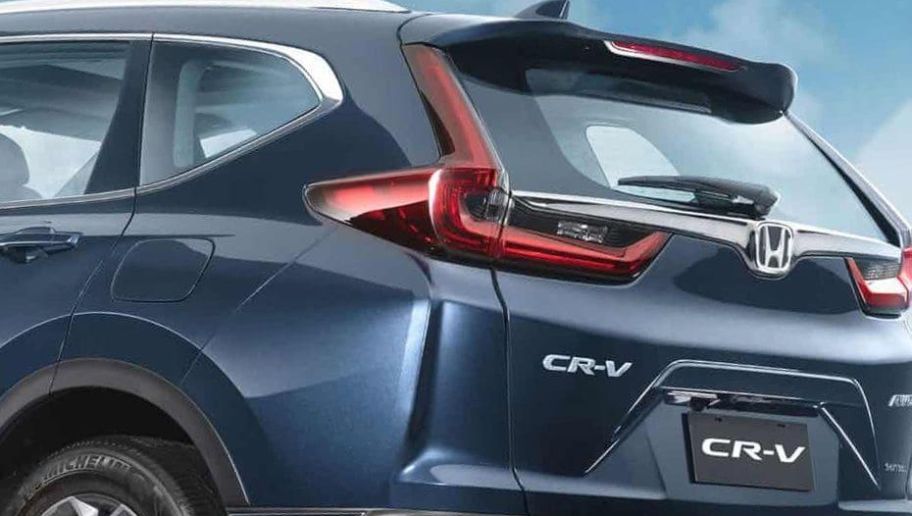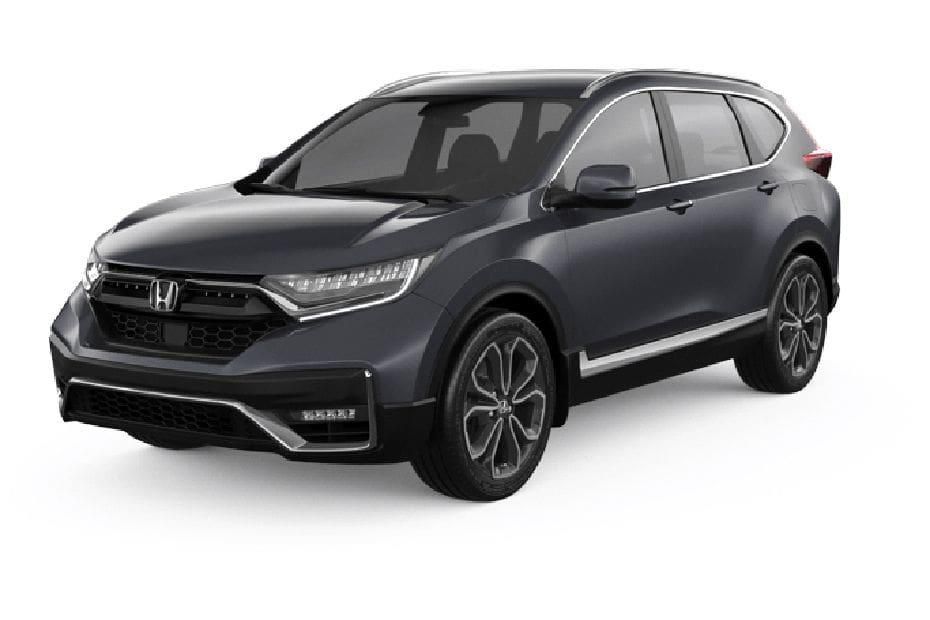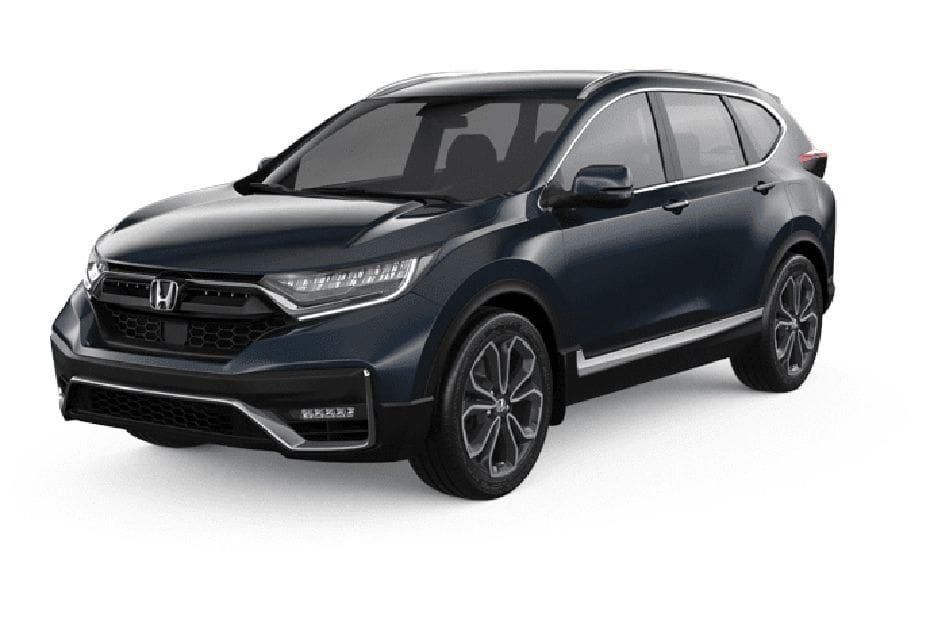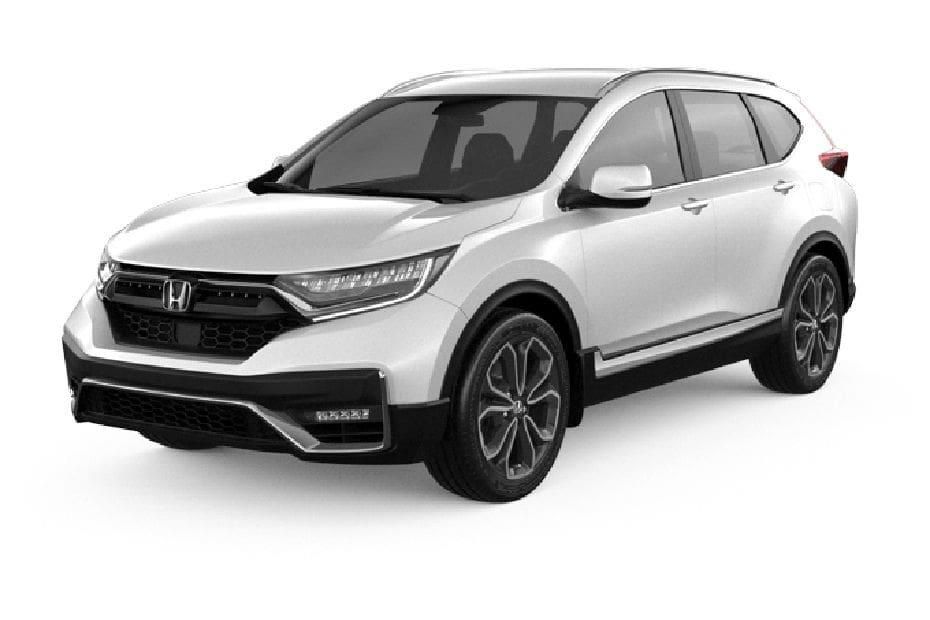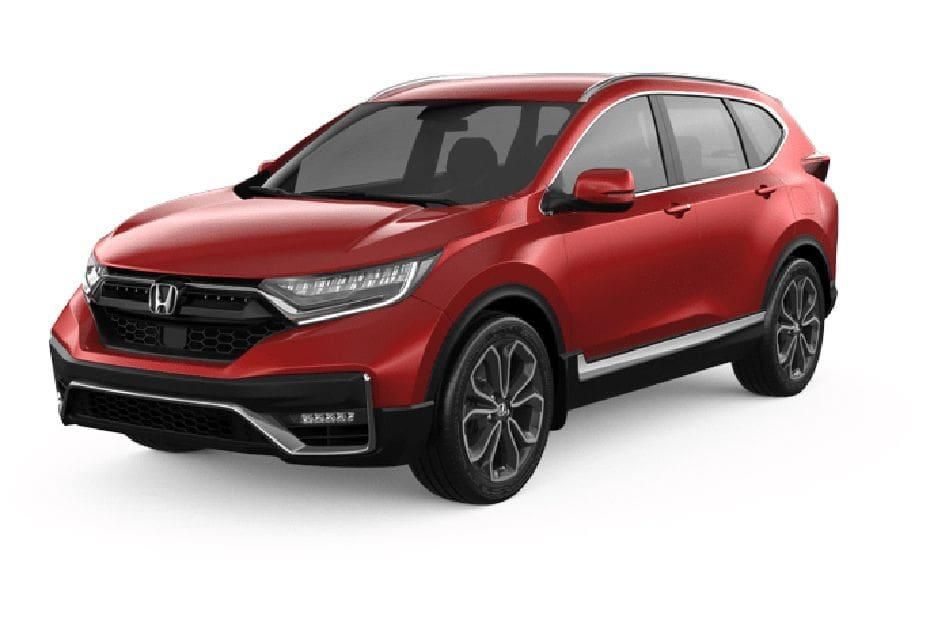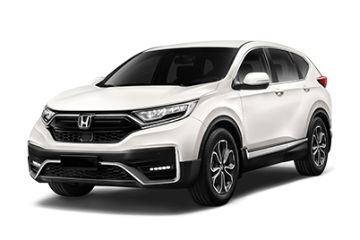The thoughtfully contoured dashboard had none of the previous generation’s dullness, instead showing as distinctly premium in appearance and construction. From the driver’s chair, the inviting new instrument panel largely mirrors the previous Honda Civic’s three-gauge layout, substituting a horizontal digital tachometer above the speedometer and a relatively elaborate color information screen below it. In a brand that doesn’t offer any stick shift (read: manual transmission) models, the rev counter becomes a virtual band at the top and the speedometer is a digital readout.
Keeping any CR-V occupant entertained are five- to seven-inch touchscreen infotainment, with either four speakers (for the entry level version) or four speakers plus four tweeters (for the diesel choices). The infotainment offers intuitive operation for multimedia, Bluetooth hands-free telephone functionality, auxiliary input ports and USB ports. The diesel flavors get Apple CarPlay-Android Auto capability, smartphone MirrorLink usage and satellite navigation, a wireless charging pad, plus additional controls for its intelligent-dual zone automatic air conditioning (A/C). Speaking of the A/C, rear occupants get their own A/C vents and controls.
Aside from the in car entertainment, there are a lot of cabin items to notice, occasionally touch/use and fiddle. These included a panoramic sunroof and a push-button ignition with keyless entry.
Only offered with the diesel CR-Vs, the 1880 mm rear section (+220 mm total rear increased length, +40 mm second row increased length from the immediate predecessor) allowed for a third row close to the rear hatch. In order to accommodate third row occupants, the rearmost side window was reshaped with a more prominent upward kink, so the rear roofline no longer appeared to be melting downward from certain angles. This prevents third row occupants from smacking their heads unto the D-pillars (the letter “D” shaped pillars of metal that house the rear tailights and reside on either flank of the rear hatch) during lateral movement.
Also of note was a power-assisted tailgate, which opens or closes at the press of a button close to the rear hatch lock tab or a button below the rear hatch glass. Should you pop the tailgate, pull the prominent seatback-release levers of the third row seating (one on each side of the cargo bay) and the levers on the second row seats (they’re close to the rear doors) to fold the rear seats completely flat, and the CR-V totes a large 2.5 cubic meters of cargo real estate. With the second row seats upright and the third row folded flat, you have 150 mm of kneeroom. If you have two occupants per rear row, that quartet can actually play a game of tag (or punch Honda, punching the closest rear occupant whenever you see a Honda vehicle on the road) at the back without distracting the driver.
Despite the cabin being chock full of amenities, there are some niggles. For example, the size of the infotainment screen is hard to see, especially if you got the base model CR-V and its five-inch screen. Another example is the third row for the diesel picks, which are much to be desired, legroom-wise. Anyone beyond four-foot-five will find the third row cramped.
![01]()
Dashboard
on the dashboard which is made in a premium design style where on this 2017 Honda CRV there is a wide 7-inch (2.0-liter) and 9-inch (1.5-liter turbo type) touch screen complete with a navigation system and modern audio video system entertainment features that can used to play CD/DVD, MP3/WMA, and radio.
Space and Practicality
Like all Honda cars, the Honda CR-V offers class-leading interior space and practicality hallmarks of Honda’s man maximum, machine minimum philosophy. Legroom, headroom, should room, are better than any of its peers. The centre console box is big enough for a ladies’ handbag. The 522-litre boot is not just the biggest, but has a low and wide opening for easy loading/unloading.
If you look at it as a whole, it seems that the cabin space in the interior sector of the Honda CRV specification is arguably very elegant and sophisticated with a super high level of comfort. Downsides include the lack of lights for the vanity mirror while cabin materials, including the leather seats, don’t feel as expensive as a Mazda CX-5 or even a Proton X70.

